Home>Home Appliances>Home Automation Appliances>How To Use Alexa In Non-Supported Countries
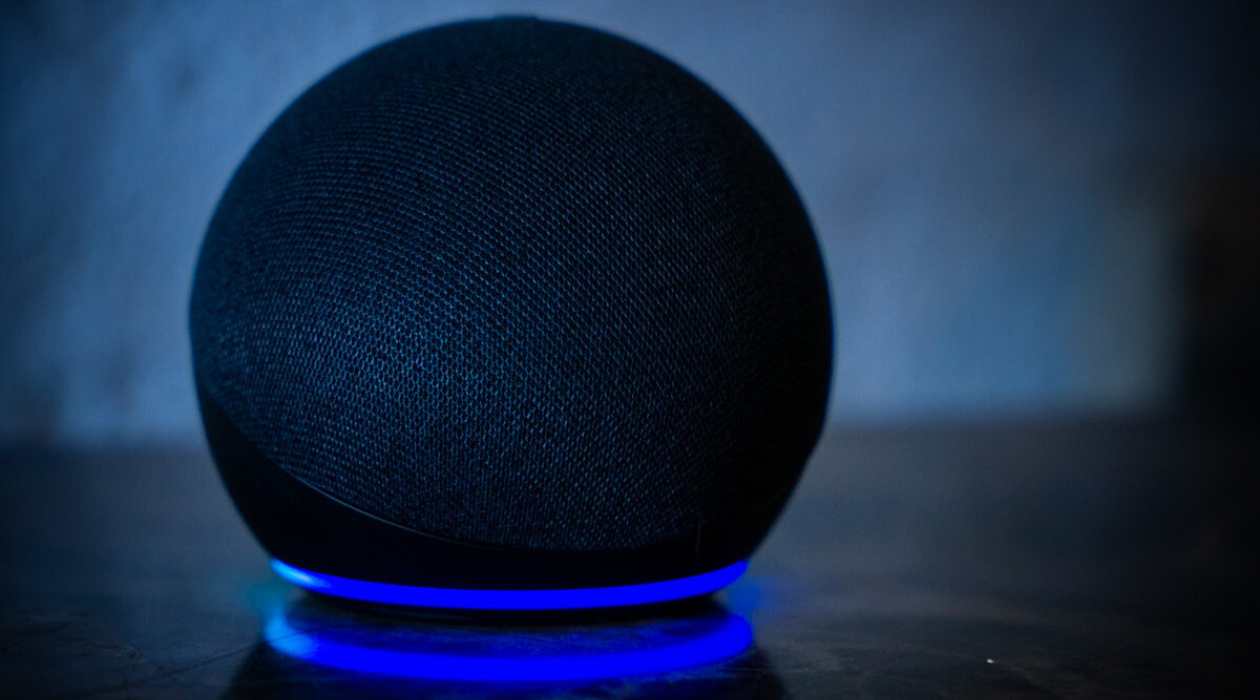

Home Automation Appliances
How To Use Alexa In Non-Supported Countries
Modified: September 1, 2024
Discover how to use Alexa for home automation appliances in non-supported countries. Get tips and tricks for setting up and using Alexa in any location. Start enjoying the convenience of smart home technology today!
(Many of the links in this article redirect to a specific reviewed product. Your purchase of these products through affiliate links helps to generate commission for Storables.com, at no extra cost. Learn more)
**
Introduction
**
Welcome to the world of smart home automation, where technology seamlessly integrates with everyday living to make tasks easier and more efficient. At the forefront of this revolution is Amazon’s Alexa, a virtual assistant that has gained widespread popularity for its ability to control smart devices, answer questions, play music, and perform a myriad of other tasks through simple voice commands. However, for individuals residing in non-supported countries, accessing the full range of Alexa’s capabilities may present a challenge due to regional restrictions and limitations.
In this comprehensive guide, we will delve into the intricacies of using Alexa in non-supported countries, offering valuable insights and practical solutions to overcome these barriers. Whether you’re an expatriate, a frequent traveler, or simply reside in a location where Alexa is not officially available, this article will equip you with the knowledge and tools to harness the power of Alexa and elevate your smart home experience.
**
Key Takeaways:
- You can use a VPN to access Alexa in countries where it’s not officially supported. A VPN helps you connect to a supported country and access all of Alexa’s features as if you were there.
- If you live in a non-supported country, you can set up Alexa with a virtual address to trick the system into thinking you’re in a supported region. This allows you to manage your Alexa devices and enjoy basic voice commands.
Read more: Which Phones Support Alexa
Understanding Alexa and its Limitations in Non-Supported Countries
Amazon’s Alexa is a powerful virtual assistant that operates through Amazon Echo devices and a variety of compatible smart home appliances. It seamlessly integrates into daily routines, offering convenience and efficiency through voice-activated commands. However, the availability of Alexa’s full range of features and skills is subject to regional restrictions, leading to limitations for users in non-supported countries.
One of the primary challenges faced by individuals in non-supported countries is the inability to access the official Alexa app from app stores. This restricts users from setting up and managing their Alexa-enabled devices through the conventional means. Additionally, certain Alexa skills and features may be inaccessible due to geographical constraints, limiting the overall functionality of the virtual assistant.
Moreover, the absence of localized content and services tailored to non-supported regions further diminishes the user experience. This includes limitations in accessing news updates, weather forecasts, and location-based services, which are typically available to users in supported regions.
It’s important to note that Amazon’s official stance on Alexa’s availability is subject to change, and the company may expand its services to additional regions in the future. However, for users seeking immediate access to Alexa in non-supported countries, alternative methods such as utilizing a Virtual Private Network (VPN) or setting up Alexa with a virtual address can provide viable solutions to overcome these limitations.
Using a VPN to Access Alexa in Non-Supported Countries
**
For individuals in non-supported countries, a Virtual Private Network (VPN) serves as a valuable tool to bypass regional restrictions and access Alexa’s full range of features. A VPN creates a secure and encrypted connection to a server located in a supported region, effectively masking the user’s actual location and providing access to geo-restricted content and services.
When utilizing a VPN to access Alexa, it’s essential to select a reputable VPN service with servers in regions where Alexa is officially supported. Once a VPN subscription is obtained, users can install the VPN client on their devices and connect to a server in a supported country. This effectively assigns the user an IP address from the selected region, enabling them to access the official Alexa app and utilize its features as if they were physically located in the supported country.
It’s important to exercise caution and ensure compliance with local laws and regulations when using a VPN, as the legality of VPN usage varies across different jurisdictions. Additionally, users should prioritize privacy and security by selecting a VPN provider that upholds stringent data protection measures and does not log user activity.
By leveraging a VPN, individuals in non-supported countries can unlock the full potential of Alexa, enabling seamless setup, management, and utilization of Alexa-enabled devices. Whether it’s controlling smart home appliances, setting reminders, or accessing a wide array of Alexa skills, a VPN offers a practical solution to transcend geographical limitations and embrace the convenience of a connected smart home ecosystem.
**
**
You can use Alexa in non-supported countries by changing your device’s location in the Alexa app settings to a supported country. This will give you access to Alexa’s features and services.
Setting Up Alexa with a Virtual Address
**
When residing in a non-supported country, setting up Alexa with a virtual address presents an innovative approach to circumvent geographical restrictions and access the virtual assistant’s functionalities. This method involves creating a virtual presence in a supported region, enabling users to configure and manage their Alexa devices as if they were located in the designated country.
One of the key steps in setting up Alexa with a virtual address is obtaining a virtual address service that provides a physical address in a supported region. Several companies offer virtual address services, allowing users to establish a presence in countries where Alexa is officially available. Once a virtual address is secured, users can utilize it during the setup process of their Alexa devices, effectively tricking the system into recognizing their location as being within the supported region.
It’s important to note that while setting up Alexa with a virtual address can enable initial device configuration and management, ongoing access to certain location-based services and content may still be subject to limitations. However, for essential functionalities such as device setup, account management, and basic voice commands, utilizing a virtual address can serve as a practical workaround for users in non-supported countries.
Furthermore, users should ensure that the virtual address service complies with local regulations and does not infringe upon any legal restrictions regarding the use of virtual addresses for device setup and management.
By leveraging a virtual address, individuals in non-supported countries can navigate the initial hurdles of setting up and managing their Alexa devices, fostering a seamless integration of smart home automation despite geographical constraints.
**
**
Accessing Alexa Skills and Features in Non-Supported Countries
**
While residing in a non-supported country may pose initial challenges in accessing Alexa’s full suite of skills and features, there are strategies to overcome these limitations and unlock the virtual assistant’s complete potential.
One effective approach is to explore third-party skill integrations and applications that offer compatibility with Alexa. Many developers and companies create Alexa-compatible skills and services that are not bound by regional restrictions, providing users in non-supported countries with access to a diverse range of functionalities. These third-party skills can encompass anything from language translation and international news updates to custom routines and productivity tools, enriching the Alexa experience for users regardless of their geographical location.
Additionally, users can leverage the Alexa Skills Kit (ASK) to develop and publish their own custom Alexa skills. By harnessing the ASK platform, individuals in non-supported countries can create personalized skills tailored to their specific needs and preferences, thereby expanding Alexa’s capabilities beyond the constraints of regional limitations.
Furthermore, staying informed about Amazon’s updates and expansions regarding Alexa’s availability is crucial. The company periodically extends its services to new regions, and users in non-supported countries may eventually witness an official integration of Alexa with localized content and services.
For individuals seeking immediate access to specific skills and features that are geographically restricted, employing VPN solutions remains a viable option. By connecting to a VPN server in a supported region, users can temporarily access location-dependent skills and content, broadening their Alexa experience until official availability is established in their respective countries.
Ultimately, despite the initial limitations posed by residing in a non-supported country, users can leverage third-party integrations, custom skill development, and VPN solutions to access an extensive array of Alexa skills and features, ensuring a rich and personalized smart home experience.
**
**
Conclusion
In conclusion, the widespread appeal and functionality of Amazon’s Alexa have transcended geographical boundaries, prompting individuals in non-supported countries to seek innovative methods to harness the virtual assistant’s capabilities. While regional limitations may initially pose challenges, the strategies outlined in this guide offer practical solutions to access and maximize Alexa’s features, ultimately fostering a seamless smart home experience.
By utilizing a Virtual Private Network (VPN), individuals can circumvent geographical restrictions and access the official Alexa app, enabling effortless setup and management of Alexa-enabled devices. Additionally, setting up Alexa with a virtual address provides a creative workaround, allowing users to establish a virtual presence in supported regions and navigate initial setup hurdles.
Furthermore, the exploration of third-party skill integrations, custom skill development through the Alexa Skills Kit, and staying informed about Amazon’s service expansions are pivotal in broadening the scope of Alexa’s functionalities for users in non-supported countries. These approaches empower individuals to access a diverse range of skills and features, enhancing their smart home ecosystem despite regional constraints.
As technology continues to evolve, it’s essential for users to stay informed about legal considerations and compliance when utilizing VPNs and virtual addresses. Prioritizing privacy, security, and adherence to local regulations is paramount in navigating the intricacies of accessing Alexa in non-supported countries.
Ultimately, by embracing these innovative methods and remaining abreast of developments in the smart home automation landscape, individuals in non-supported countries can fully integrate Alexa into their daily routines, unlocking the convenience and efficiency synonymous with Amazon’s virtual assistant.
With a blend of creativity, technological ingenuity, and a proactive approach to overcoming regional limitations, users can seamlessly integrate Alexa into their smart home ecosystem, regardless of their geographical location.
**
Frequently Asked Questions about How To Use Alexa In Non-Supported Countries
Was this page helpful?
At Storables.com, we guarantee accurate and reliable information. Our content, validated by Expert Board Contributors, is crafted following stringent Editorial Policies. We're committed to providing you with well-researched, expert-backed insights for all your informational needs.

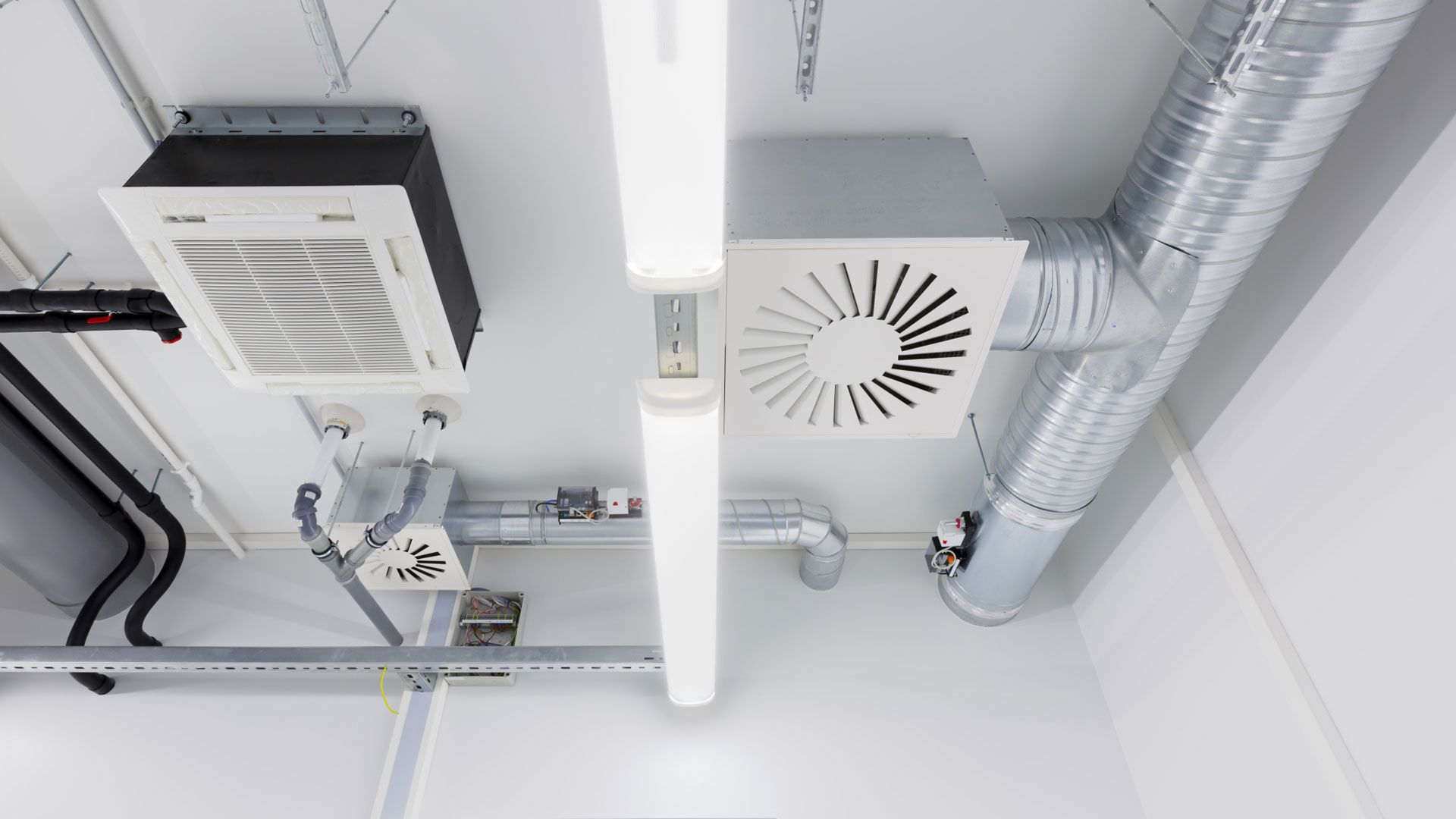
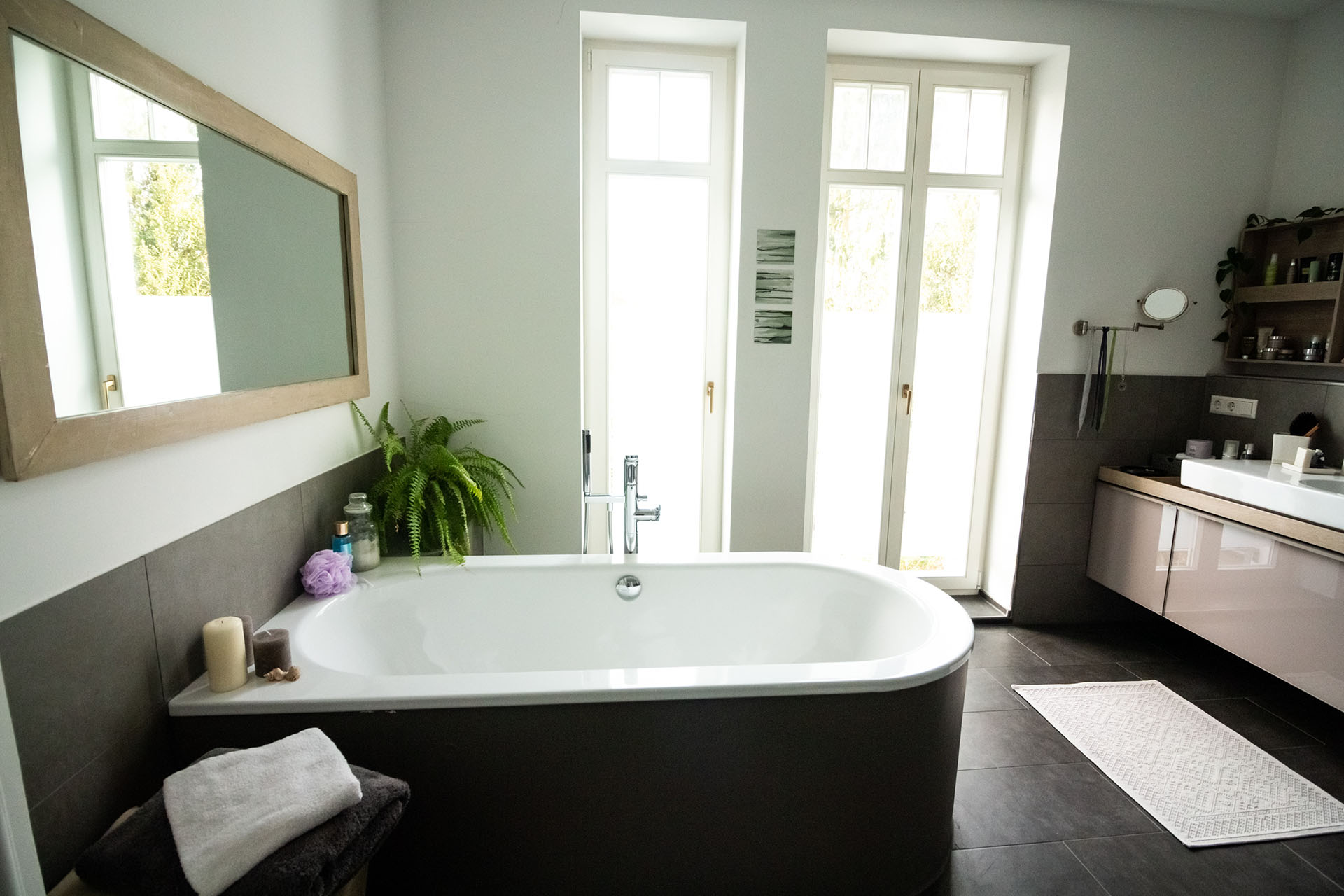
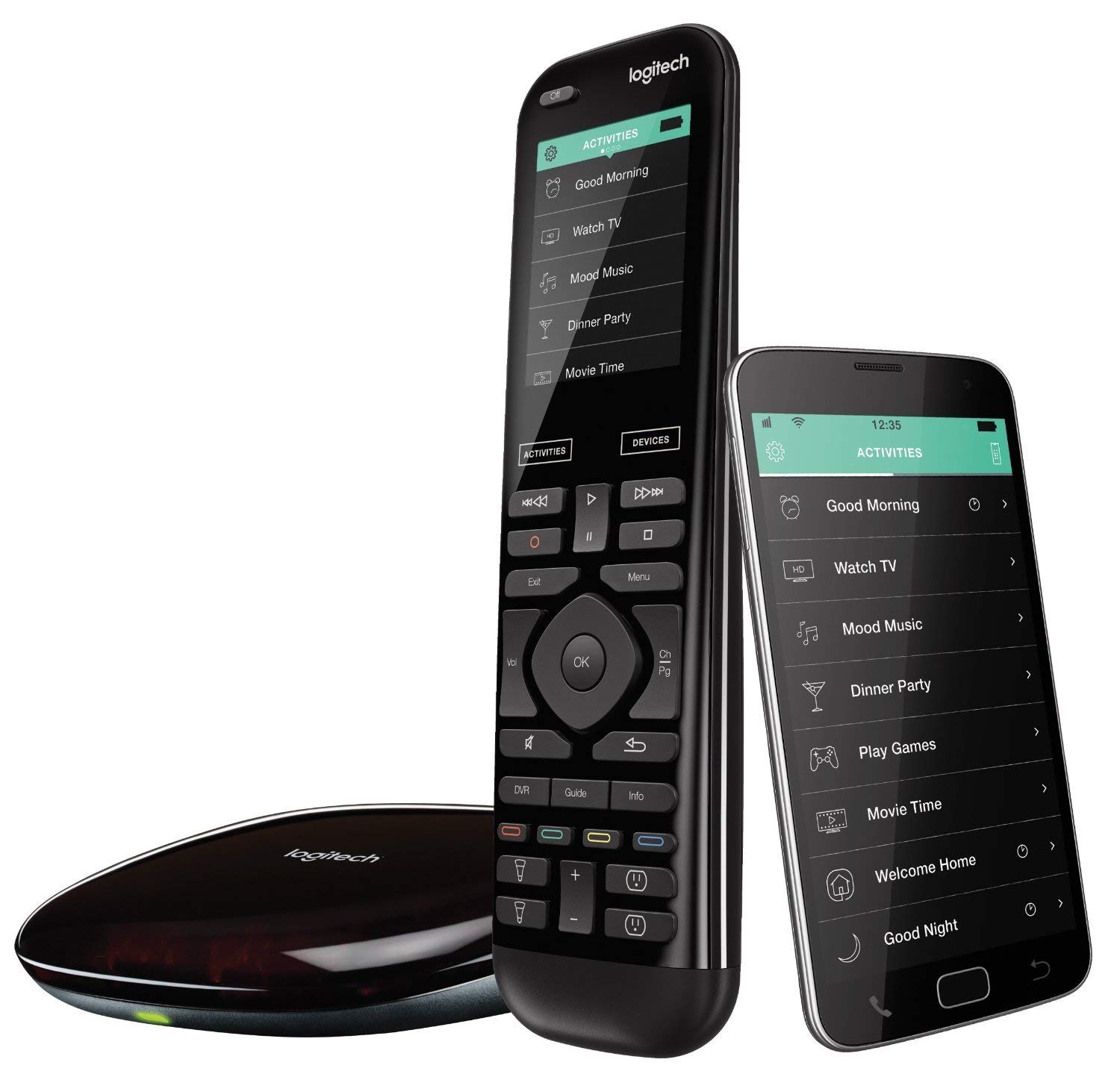
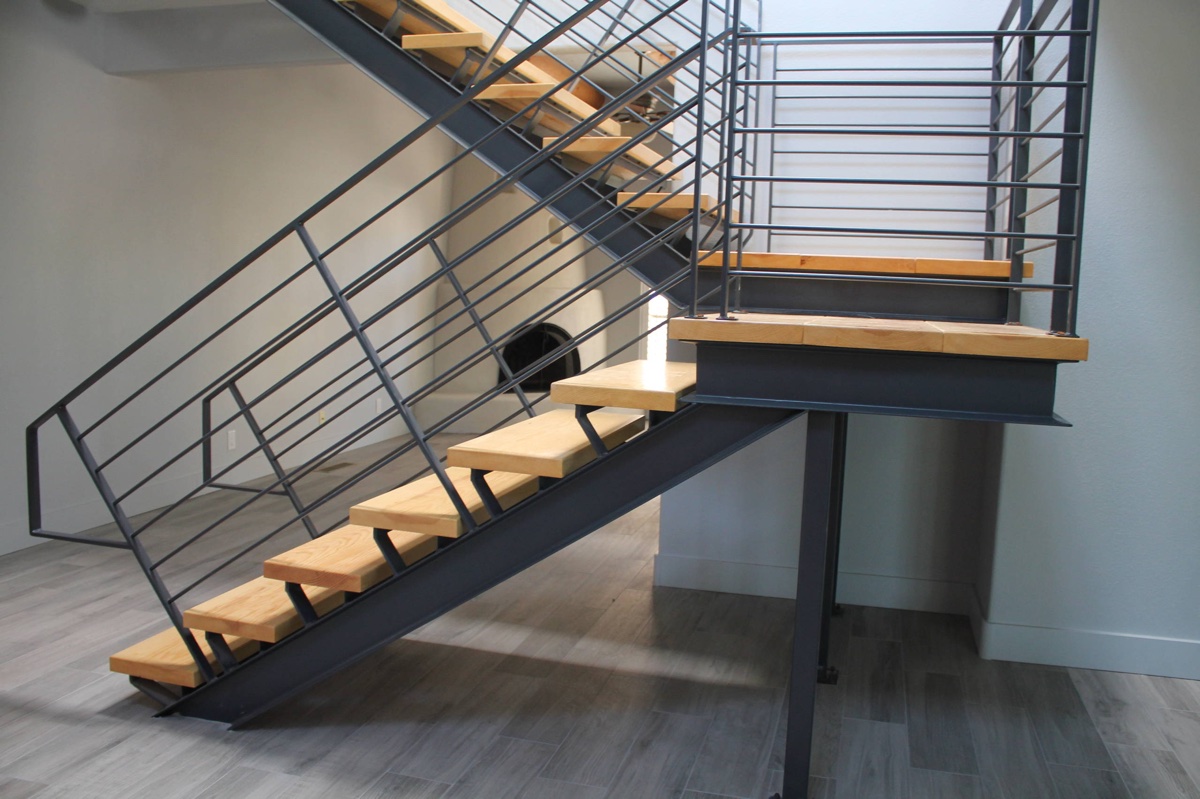
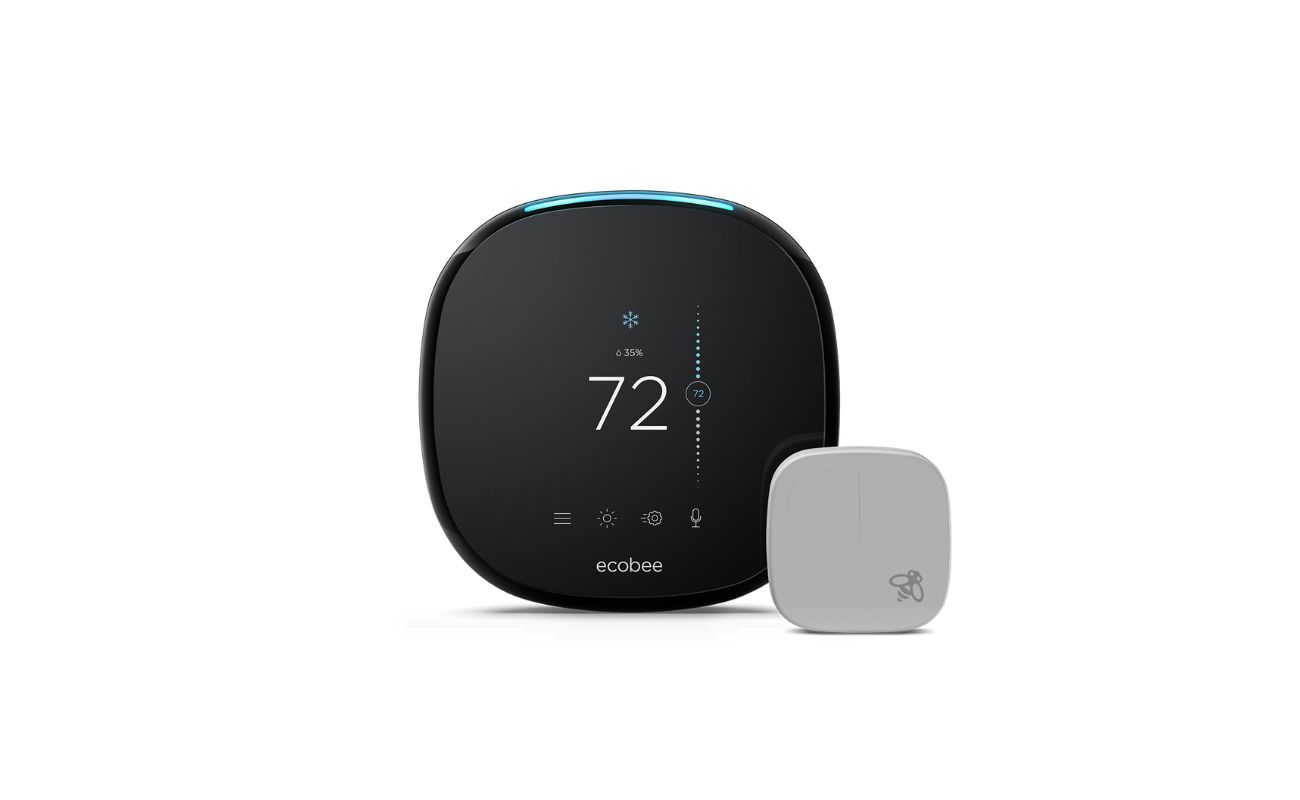
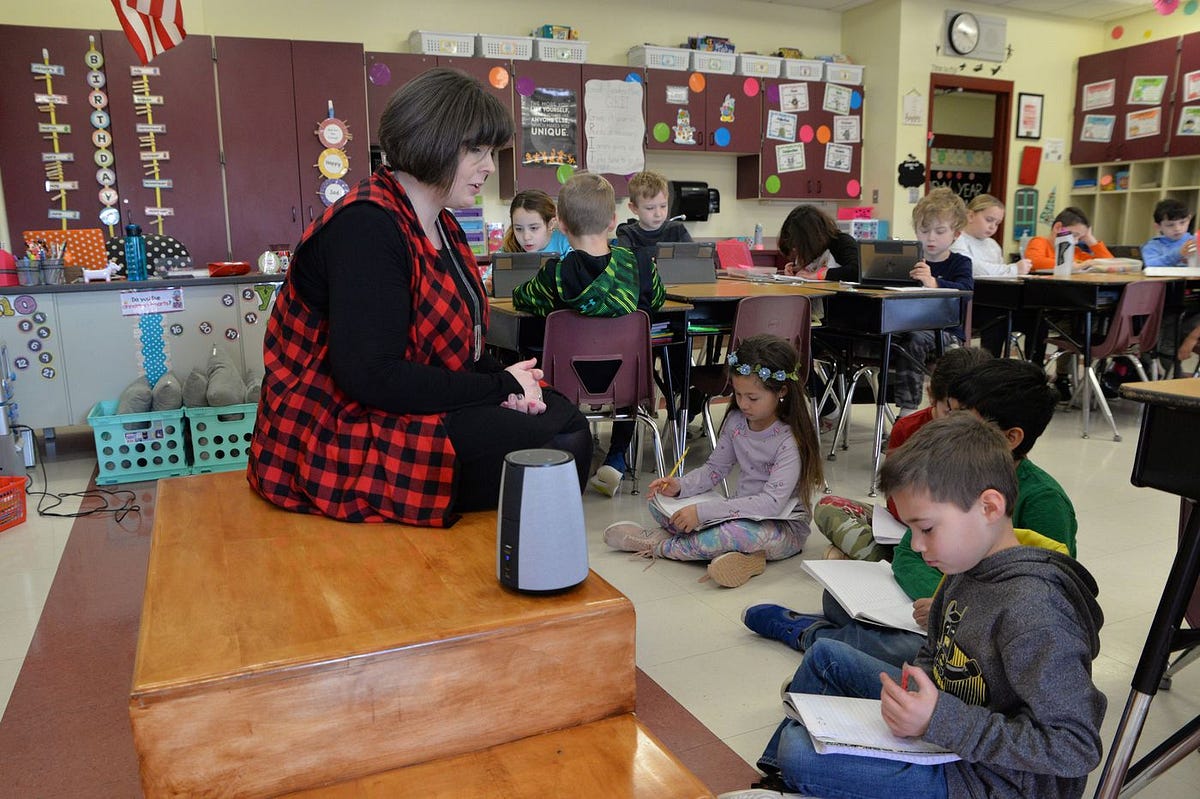
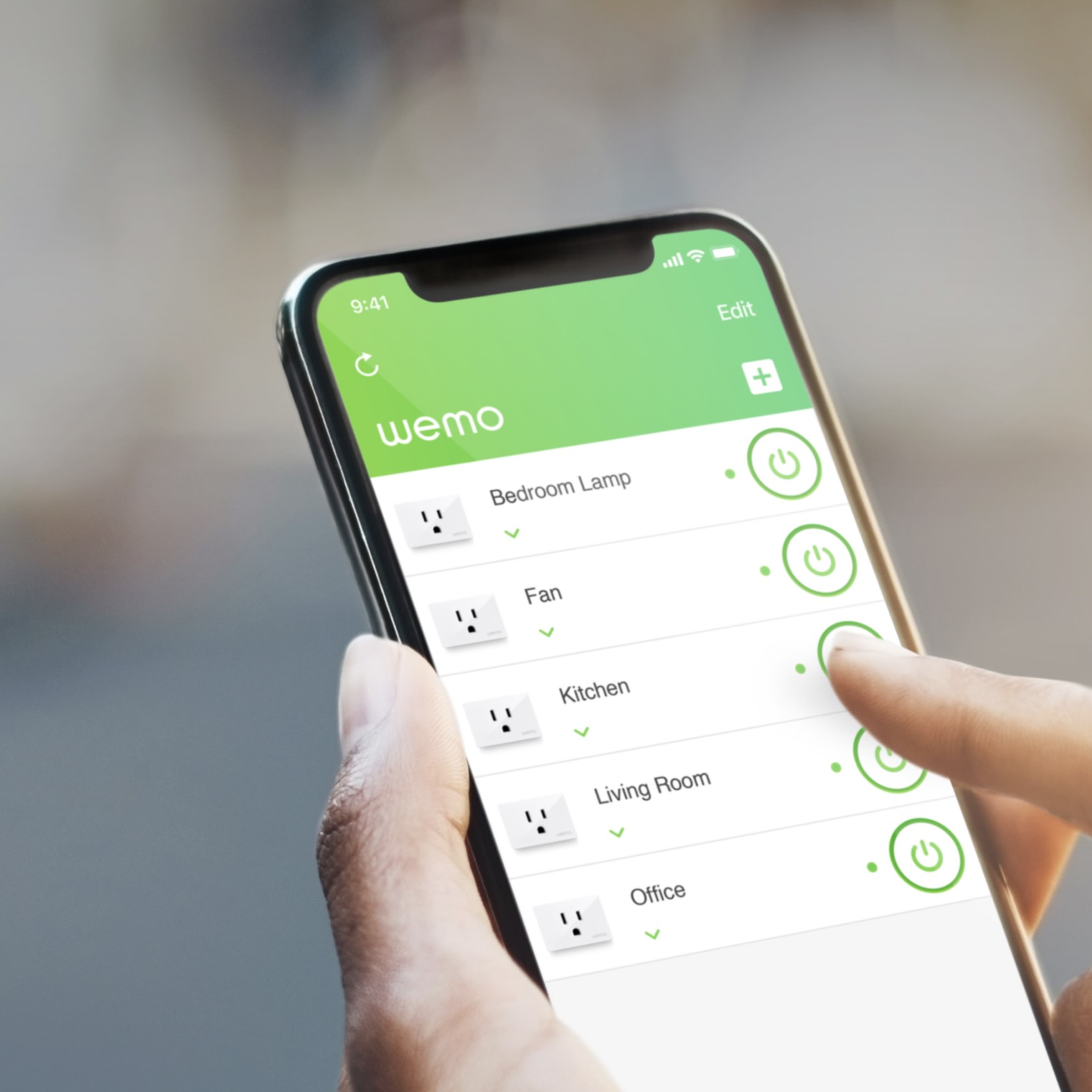
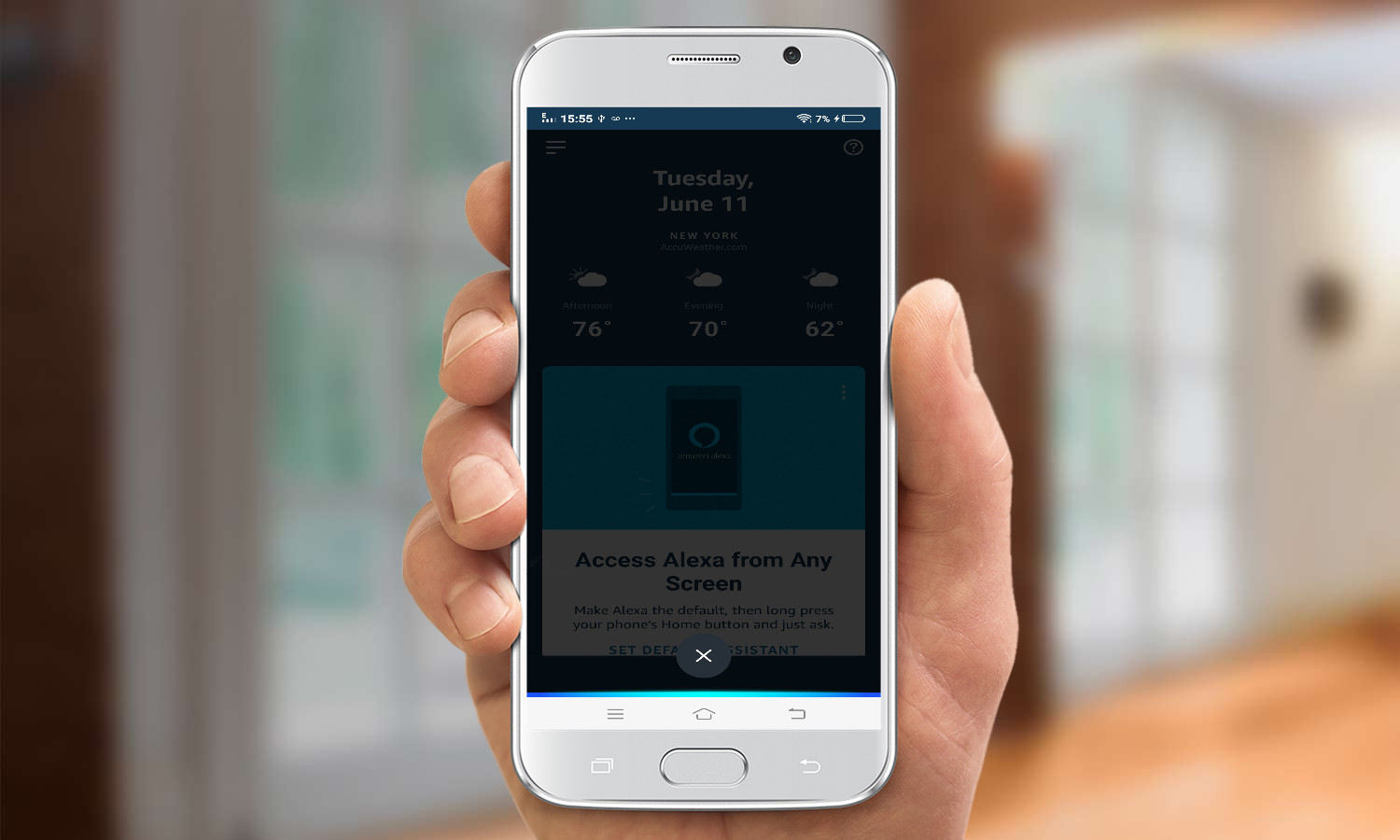
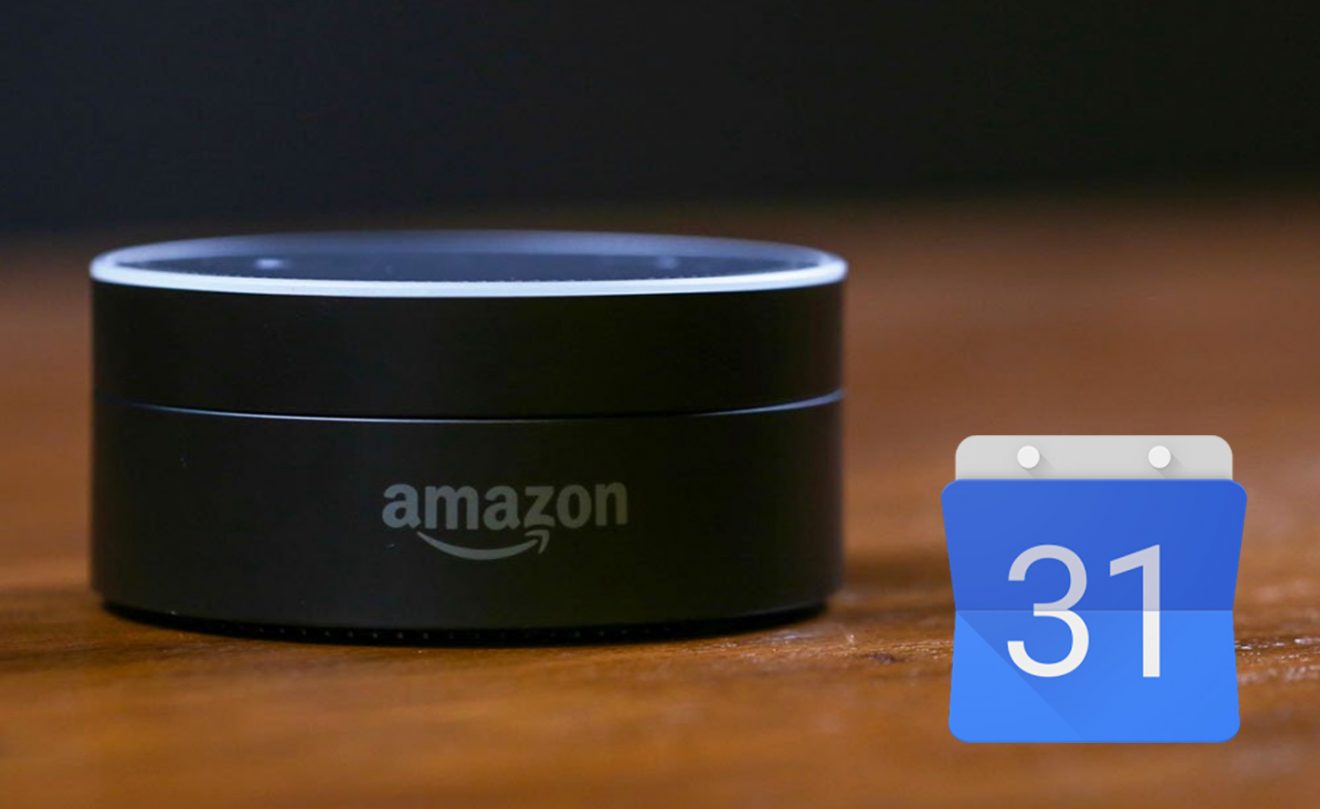
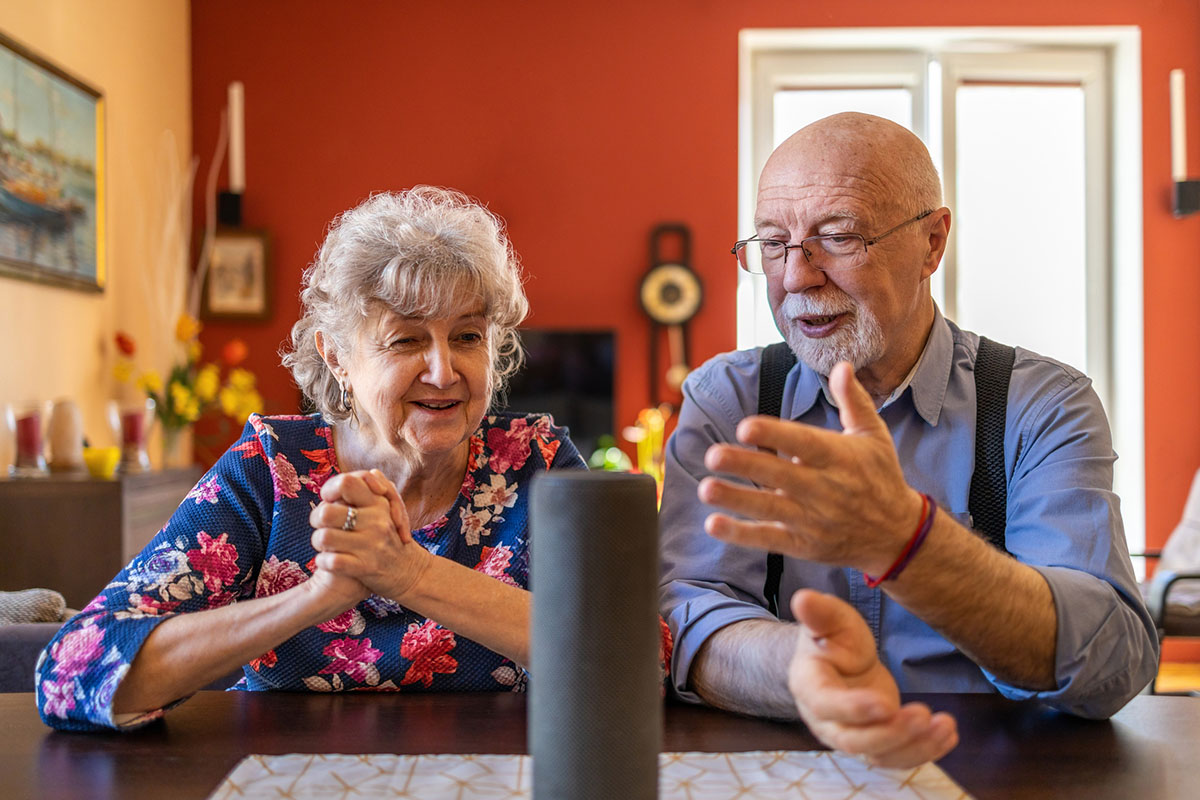
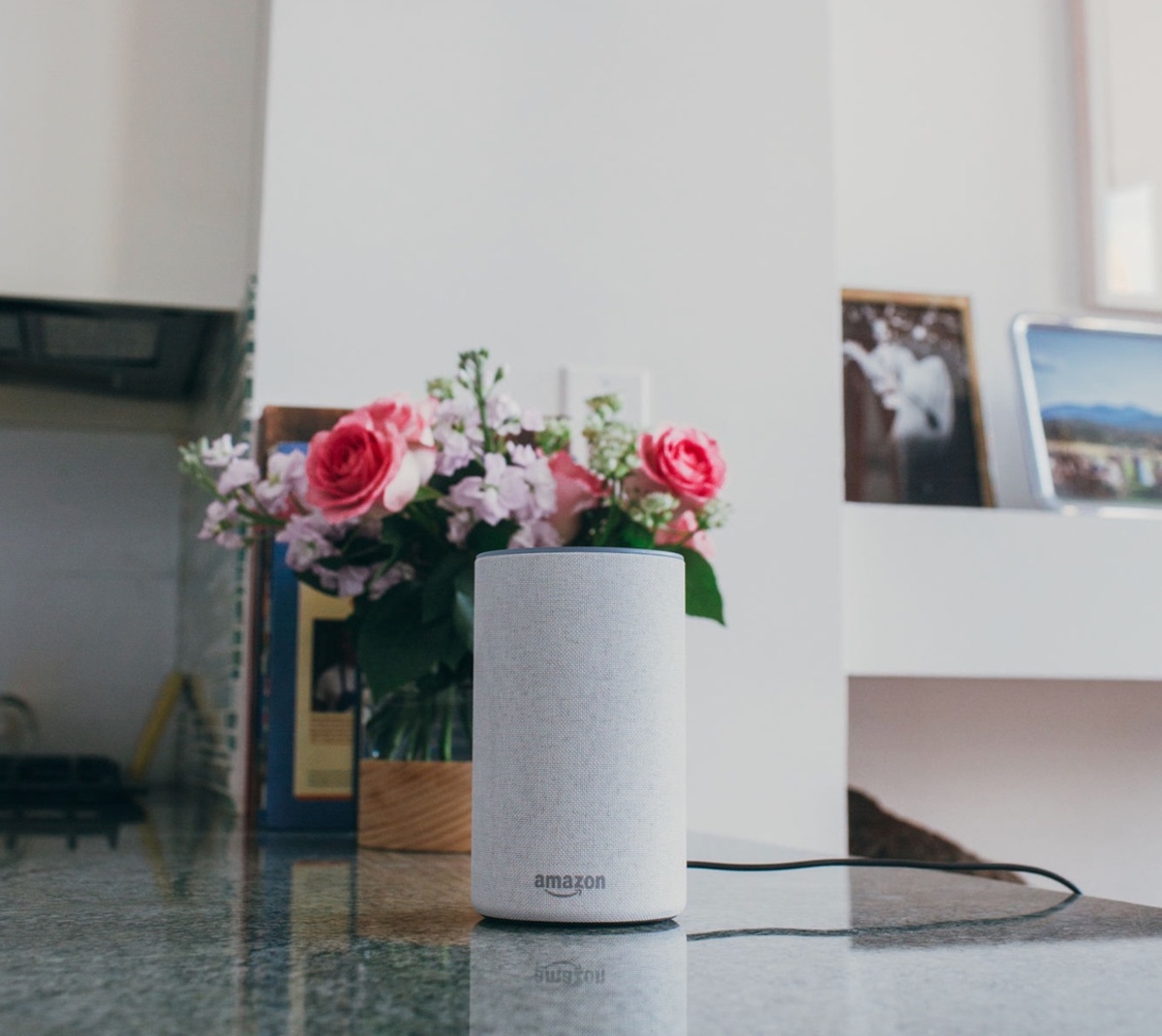
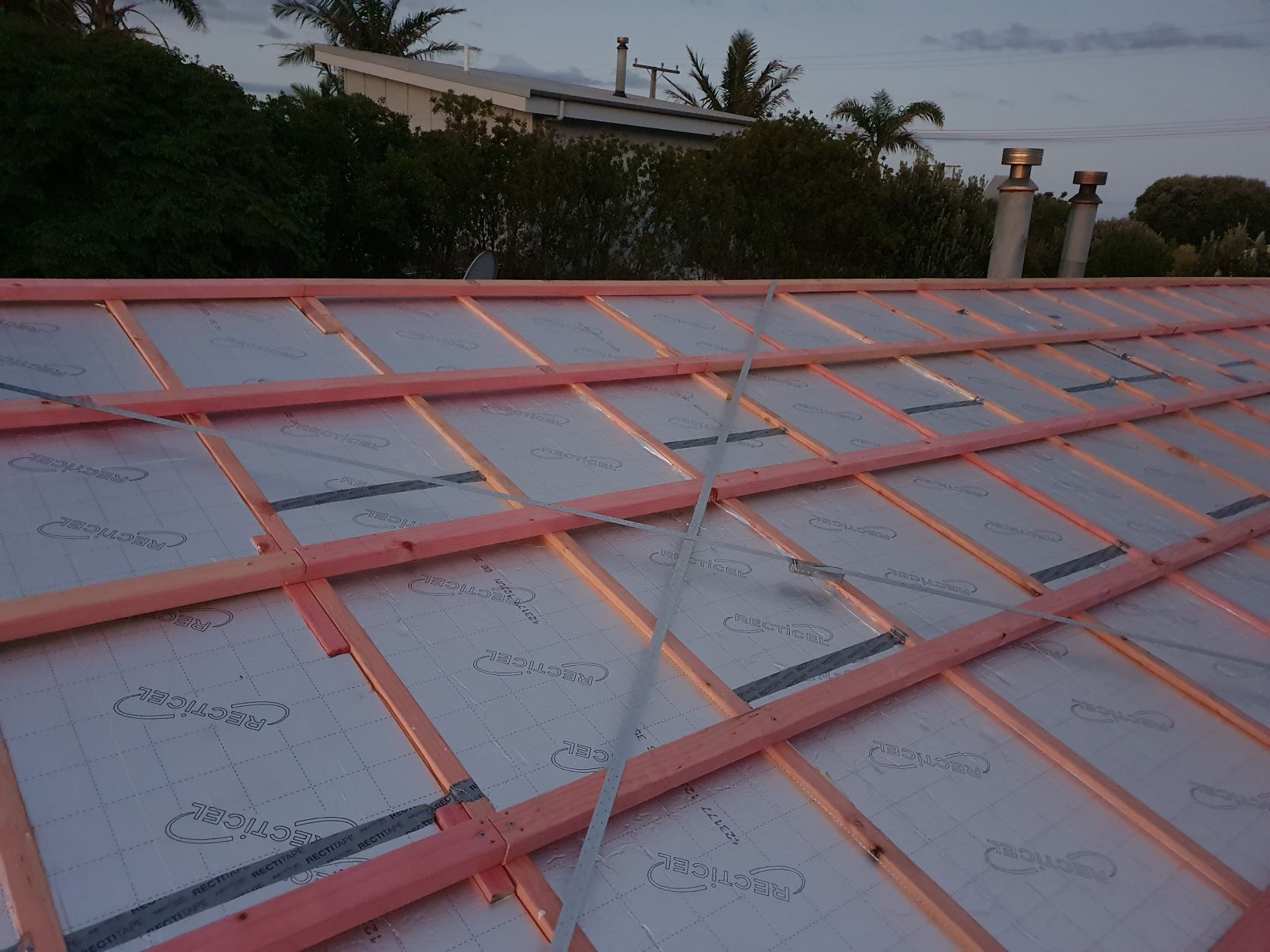


0 thoughts on “How To Use Alexa In Non-Supported Countries”